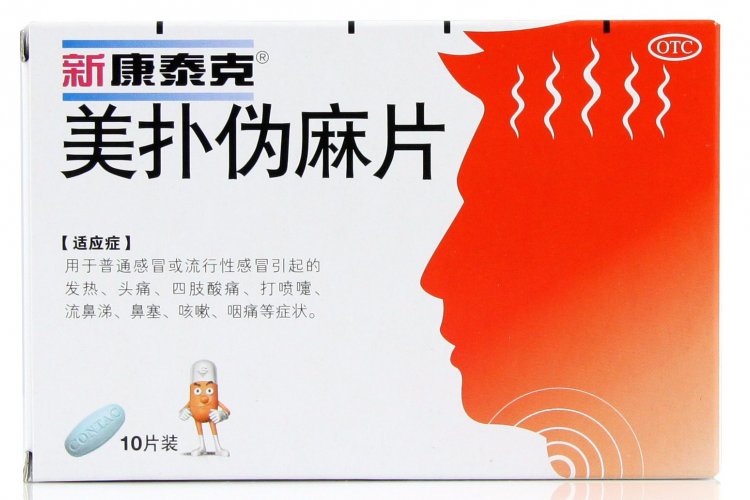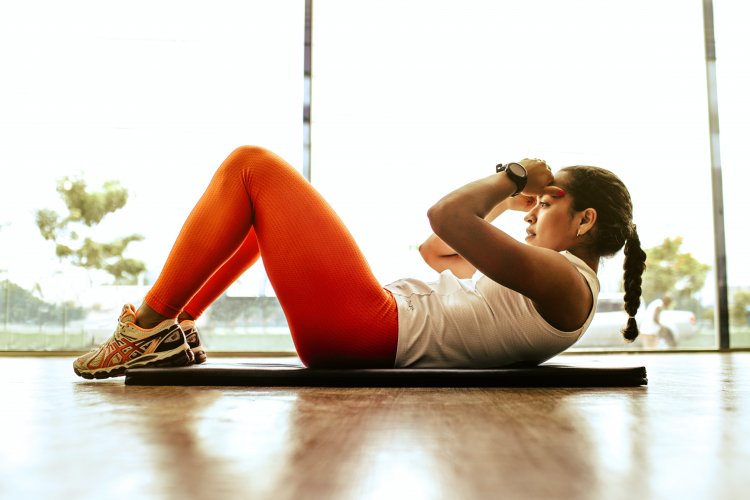Insect Bites: Q&A with Dr. Pauline Tan Ngo of Vista Medical Center
Although fall is around the corner here in Beijing, the mozzies are still out and about, going strong. So to ride out the remainder of summer itch-free, we spoke to Dr. Pauline Tan Ngo of Vista Medical Center at the Kerry Center Shopping Mall about the best way to treat various bites and stings. Originally from the Philippines, Dr. Ngo has lived in Beijing for the past 12 years, with over nine years at Vista Medical Center.

What are the most common types of insect bites?
Insect bites noted on exposed areas of the skin are due to winged insects like mosquitoes, flies, bees and wasps while those noted under clothing might be due to non-winged ones like fleas and bedbugs. The type of place where the bite occurred might also give a clue to what kind of insect bite it was. For example mosquitoes abound in areas where there are stagnant pools of water, and they are attracted to sweat and scents. Bees are prolific around flowery shrubs, and ants are found on lawns and in meadows.
What are some of the side effects of bites and stings?
Reactions may vary from mild red bumps to a severe allergic reaction like anaphylaxis. Some insects can be carrier of diseases as well acting as vector. The mosquito is a carrier for malaria, dengue, and Japanese B encephalitis among other diseases.
What is the best way to treat a bee or wasp sting?
When one is stung by a bee or wasp, clean the area well with soap and water, and apply ice if available to reduce the swelling. Remove the stinger using a gauze or scrape with your fingernail over the area. Do not scratch nor squeeze the area and do not use tweezers.
What is the best way to treat mosquito bites?
Mosquito bites cause mild to severe itchiness. Wash area with water and apply calamine or an antihistamine cream to help sooth the itch. Other home remedies include applying an ice pack or a dab of tea tree oil or baking soda mixed with a bit of water to form a paste. If you have an aloe plant, cut off a leaf and dab on the itchy area. A cooled tea bag can also help to soothe the bitten area. If the red area becomes larger or more severe looking, consult your doctor.
What stings and bites can trigger allergic reactions?
Some people reacts strongly to the anticoagulant substance in the saliva of mosquitoes. This can result in a huge wheal which may necessitate the use of an oral antihistamine. Make sure not to scratch. Dirty fingers can introduce bacterial infection and may sometimes cause cellulitis. Bee stings can also cause severe allergic reactions, and even anaphylaxis. In this case, the person should always carry an epipen (epinephrine pen) with them at all times.
What is the best way to prevent bites and stings?
Wear light colored, loose clothing with long sleeves and trousers. Avoid using perfumed soap, shampoos, and deodorant. Be calm and stay still when a single flying stinging insect is near to avoid aggravating it. However if there are several in a swarm run away as a single sting from a bee will release a chemical that will attract other bees. If a bee flew inside your vehicle, slowly pull the vehicle to a stop and open all windows.
Is it safe to use mosquito repellent on children and babies? If so, which ones are safe?
Always read the label of the insect repellent. The active ingredients DEET and picaridin are conventional chemical repellents. DEET can be used on children two months and above. Oil of lemon eucalyptus, oil of citronella, and IR3535 are natural insect repellents are made from natural materials such as plants, bacteria, and other minerals. Oil of lemon eucalyptus can only be used on children more than three years old. When applying repellents to children, avoid the eye area, their hands, and cut or irritated skin. Apply only on exposed skin. Always apply first on your hands before applying on your child. Use repellents sparingly and make sure to wash off upon arriving home. There are also insect repellents in the form of stickers or bracelets. Bug screens for the strollers would be protective as well as a mosquito net at bedtime when you are vacationing in tropical countries.
This article first appeared on our sister site beijingkids.
Photos courtesy of Dr. Pauline Tan Ngo, echo.net.au







